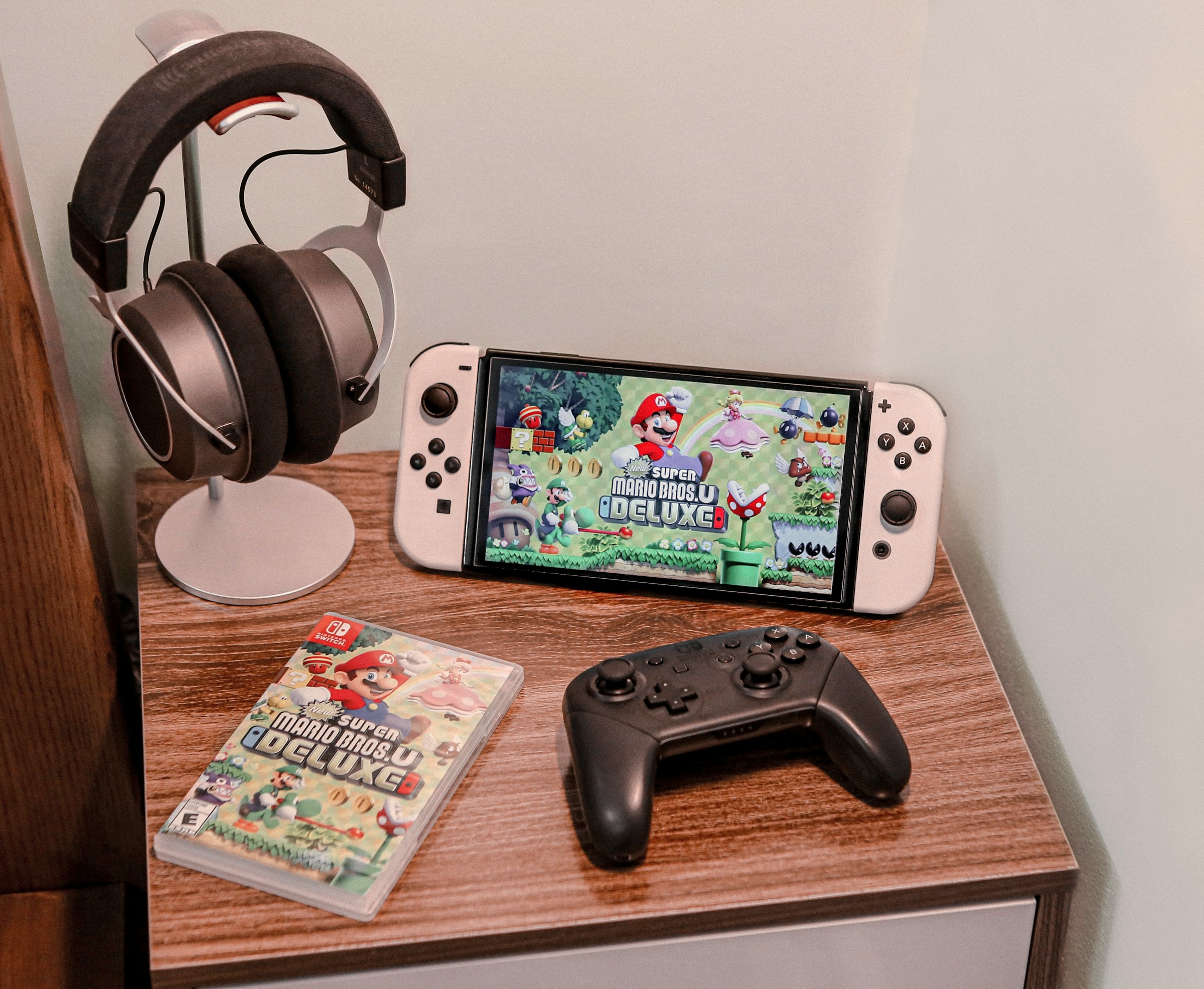
What are the key considerations for designing realistic flight mechanics in drone racing games?
The world of drone racing games is evolving rapidly, drawing enthusiasts from both the gaming and drone racing communities. When developing a drone racing game, one of the critical aspects is designing realistic flight mechanics. This involves a delicate balance between authenticity and playability, ensuring players experience the thrill and challenges faced by real-life drone racers. In this article, we delve into the key considerations for achieving this balance, focusing on elements such as control algorithms, trajectory planning, and state estimation.
Understanding Flight Mechanics in FPV Drone Racing
To design realistic flight mechanics in FPV drone racing games, developers need a profound understanding of real-world drone dynamics. These include the drone's path planning, control systems, and performance characteristics in various environments.
En parallèle : What are the benefits of using machine learning to optimize resource management in strategy games?
The Basics of Drone Flight Dynamics
The core of any drone's flight mechanics lies in its aerodynamics. Drones navigate by adjusting the speed and tilt of their rotors, which affects their trajectory and stability. In FPV drone racing, pilots must make split-second decisions to maneuver through complex environments. For a game to replicate this, developers must incorporate accurate flight physics that reflect how drones react to different control inputs and external factors like wind resistance.
Time-Optimal Path Planning
One critical element in drone racing is time-optimal path planning. Drones must navigate a course in the shortest possible time, which requires efficient path planning algorithms. These algorithms analyze possible trajectories and select the one that minimizes flight time while avoiding obstacles. Implementing such algorithms in a game ensures that the drones' movements are realistic and challenging.
A lire en complément : How can developers use AI to create more lifelike and responsive NPC behaviors in open-world games?
Control Algorithms for Realistic Flight
The control algorithms used in real drones are sophisticated and designed to maintain stability and responsiveness. These algorithms often rely on reinforcement learning and sampling-based methods to improve flight performance. By integrating similar control systems in a game, developers can simulate the nuanced inputs required to navigate tight turns and high-speed sections accurately.
Incorporating State Estimation and Vision-Based Systems
Importance of State Estimation
State estimation is a technique used in robotics to infer the state of the system based on sensor data. For a drone, this involves estimating its position, velocity, and orientation. In a gaming context, state estimation ensures that the virtual drone's movements are based on realistic data, enhancing the player's immersion.
Vision-Based Navigation
Integrating vision-based systems in drone racing games can significantly enhance realism. Real drones use cameras and sensors to navigate and avoid obstacles. By incorporating similar vision-based approaches, games can simulate real drone behaviors, making the gameplay more engaging and authentic. Vision-based navigation also allows for dynamic environment interactions, where drones must adapt to changing conditions in real-time.
Real-Time Data Processing
For a drone racing game to be realistic, it must process data in real-time. This includes calculating flight paths, adjusting control inputs, and updating the drone's state based on environmental interactions. Efficient real-time data processing is crucial for maintaining the fast-paced nature of drone racing, where milliseconds can make the difference between winning and losing.
The Role of Reinforcement Learning and Virtual Reality
Reinforcement Learning for Enhanced Performance
Reinforcement learning plays a pivotal role in developing autonomous drones capable of agile flight in cluttered environments. In the context of a game, reinforcement learning algorithms can be used to create intelligent AI opponents that adapt and improve over time. This adds a layer of complexity and unpredictability, making the game more challenging and enjoyable for players.
Virtual Reality Integration
Virtual reality (VR) offers a unique opportunity to immerse players in the world of FPV drone racing. By simulating the drone's cockpit view, players can experience the thrill of high-speed racing as if they were physically piloting the drone. VR integration requires meticulous attention to flight mechanics and control systems to prevent motion sickness and ensure a seamless experience.
Learning-Based Approaches
Incorporating learning-based approaches in drone racing games can enhance the realism and engagement of the gameplay. These approaches enable the game to evolve based on player behavior, offering a personalized experience. For instance, the game can adjust the difficulty level based on the player's skill, providing a continuous challenge that keeps them invested.
Leveraging Algorithms and Data for Realistic Racing
Advanced Path Planning Algorithms
Path planning is a critical component of drone racing. Advanced path planning algorithms analyze the racecourse and determine the most efficient route for the drone to take. These algorithms must consider various factors, such as obstacle avoidance, flight stability, and time optimization. By integrating advanced path planning algorithms, games can simulate the strategic aspects of drone racing, where players must navigate complex courses with precision.
Data-Driven Flight Simulation
Accurate flight mechanics require extensive data on drone performance and behavior. By leveraging real-world data, developers can fine-tune the drones' responses to different inputs and conditions. This data-driven approach ensures that the virtual drones mimic the performance characteristics of their real-world counterparts, providing players with an authentic racing experience.
Minimum Time Trajectories
Designing minimum time trajectories is crucial for achieving realistic flight mechanics. These trajectories represent the optimal path a drone can take to complete a course in the shortest possible time. By implementing minimum time algorithms, games can challenge players to find and follow the most efficient routes, enhancing the strategic depth of the gameplay.
Designing realistic flight mechanics for drone racing games is a multifaceted challenge that requires a deep understanding of drone dynamics, control systems, and environmental interactions. By focusing on elements such as time-optimal path planning, state estimation, and reinforcement learning, developers can create immersive and authentic racing experiences that captivate players.
Incorporating vision-based navigation and virtual reality further enhances the realism, allowing players to experience the thrills and challenges of FPV drone racing firsthand. Leveraging advanced algorithms and data-driven approaches ensures that the drones' movements are accurate and responsive, providing a true-to-life simulation.
As the field of drone racing games continues to evolve, the key to success lies in the meticulous design of flight mechanics that balance authenticity with playability. By embracing cutting-edge technologies and innovative approaches, developers can create games that not only entertain but also educate and inspire the next generation of drone racing enthusiasts.
In conclusion, designing a realistic drone racing game involves a combination of advanced algorithms, real-time data processing, and immersive technologies. By focusing on these key considerations, developers can craft engaging and authentic racing experiences that bring the excitement of FPV drone racing to life in the digital arena.
